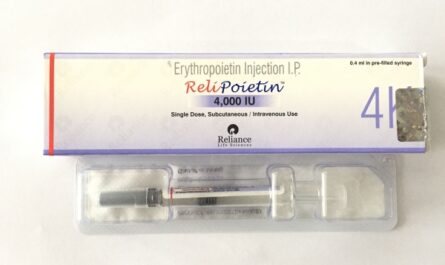
Scalp cooling is a treatment method that uses a special cooling cap or gel to lower the temperature of the scalp during chemotherapy. This cooling action aims to constrict the blood vessels in the scalp and reduce the amount of chemotherapy drug reaching the hair follicles. By keeping the concentration of chemo drugs lower in the scalp and hair follicles, scalp cooling tries to minimize hair loss associated with chemotherapy. The cooling caps or gel packs are placed on the patient’s head before, during and after chemotherapy infusion or administration of drugs. The scalp remains cooled for extended periods to maintain lower temperature levels.
How Does it Work?
Scalp cooling works on the principle that chemotherapy drugs move from blood circulation into body tissues and hair follicles more slowly at lower temperatures. When the scalp is cooled below a certain temperature threshold, usually around 10-15°C, the blood vessels in the scalp constrict. This reduces blood flow to the scalp and inhibits the transfer of chemo drugs from the bloodstream into the hair follicles. The cooler environment makes it harder for chemotherapy medication particles to penetrate into the areas where hair grows. With lower drug concentrations reaching the scalp and follicles, scalp cooling aims to protect hair follicles from full damage during chemo therapy sessions. The cooled cap or gel maintain temperature levels for optimal protection throughout infusion and for a period afterwards as well.
Success Rate of Hair Retention
Studies have reported variable success rates for scalp cooling in preventing chemotherapy-induced hair loss. On an average, around 40-60% of patients undergoing scalp cooling during chemotherapy have experienced some level of hair retention after completing treatment cycles. However, outcomes depend on several factors like the type and dose of chemotherapy drugs used, individual response rate, proper application of cooling devices and protocols followed. Certain types of medications are found to cause more significant alopecia despite cooling. Younger patient age, shorter treatment duration and regimens containing certain classes of drugs may result in better hair retention with scalp cooling. Despite variable success percentages, it offers hope of preserving self-esteem and normalcy for many going through cancer therapy.
Safety and Side Effects
Scalp cooling is generally well-tolerated with rare safety issues reported when used properly. Some side effects may include headache, localized discomfort or mild scalp pain from prolonged cooling. In very rare cases, patients may experience frostbite if safety protocols are not followed. The treatment does not interfere with the anti-cancer effect of chemotherapy. It is also reversible – if side effects occur, simply discontinuing scalp cooling will resolve them. As it does not involve a surgical process, risks are minimal compared to other hair loss options. However, it may not suit people with poor blood circulation, cold sensitivity or other medical problems limiting prolonged cooling capability. Doctors need to carefully review health history before recommending it.
Combined Treatments for Better Results
Some studies have found that combining scalp cooling with certain medications or supplements may improve response rates. For example, adding a vascular drug that prevents blood vessel constriction along with cooling helps ensure steady blood flow to the scalp. Medications like Calcitonin gene-related peptide receptor antagonists have this blood vessel dilating effect. Similarly, supplements containing natural anti-inflammatory and antioxidant compounds may offer some synergistic protection to follicles during chemotherapy. Though more research is still required, combining cooling with adjunct therapies seems to enhance hair preservation for more patients compared to scalp cooling alone. Improved techniques and customized multi-modal protocols hold promise to maximize therapeutic benefit in the future.
Cost-Effectiveness
While scalp cooling devices and procedures are not freely available or covered by insurance plans everywhere, they offer an affordable option for reducing chemotherapy-related alopecia. The overall treatment cost is estimated to be one-third to one-fourth that of expensive hair transplant surgeries or use ofScalp cooling is a cost-effective choice for preserving self-image and retaining normalcy during cancer treatment. Research is evaluating other methods to increase availability and drive down costs to make this valuable service more accessible worldwide.
Conclusion
Scalp cooling provides a safe, non-invasive way to minimize hair loss risk for many cancer patients undergoing chemotherapy. By reducing drug penetration into hair follicles,it aims to preserve patients’ self-esteem and quality of life during a vulnerable medical experience. Though success rates may vary, it offers hope for hair retention to nearly 60% of users. Adjunct therapies may boost response percentages in future. With improved technology,protocols and availability, scalp cooling holds potential to benefit more people worldwide coping with the visible impact of chemotherapeutic agents. It deserves recognition as an important component of supportive cancer care.
*Note:
1. Source: Coherent Market Insights, Public sources, Desk research
2. We have leveraged AI tools to mine information and compile it



